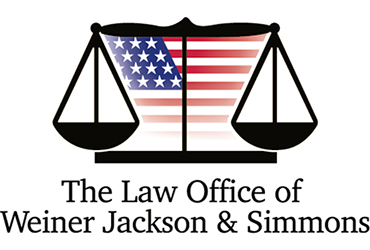While driving through the Baltimore/ Washington D.C. area, there was a billboard that said, “Don’t get a divorce…get a bigger house.” Four days later, the advertisement is stuck in my head.
Although we are all for buying the house of your dreams, it will not save your marriage. What really happens to your house in a divorce?
1. The marital home is the most sought asset during a divorce. At the beginning of the divorce process, everyone wants to keep the marital home; however, it is rare that that both parties can afford to keep the home on their one income, often determining who could actually keep the house;
2. One spouse keeps the house. If one of the parties can afford to keep the home, they should refinance under their own name and based on their individual income. At the time of refinance, the ownership is often transferred by Quitclaim Deed;
3..Get your name off the mortgage if you don’t own the house. If you have signed a Quitclaim Deed to relinquish ownership rights, make sure that you don’t have any financial responsibility for the mortgage or taxes. We recommend this for both security (in case your ex doesn’t pay the mortgage for any reason) and because any financial obligations will limit your ability to secure your own credit for a future rental or purchase;
4. Sell the house. This can be done either before or after the divorce occurs, but it’s easier if the parties agree how the proceeds will be divided before the house is put on the market;
5. It gets more complicated when the mortgage exceeds the value of the home. Couples that cannot afford to pay the overage due usually have to choose a short sale, renting the home or continuing to live together;
5. Buying a house during the divorce process isn’t always a great idea. The home will be considered a marital asset and subject to division. Also, mortgage underwriters may be a bit concerned about your future income and assets, which could cause delays.
As always, please let us know if we can assist you with any concerns or legal matters.
Warm Regards,
John & Faye



Follow The Law Office of Weiner Jackson & Simmons